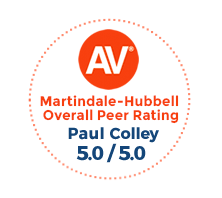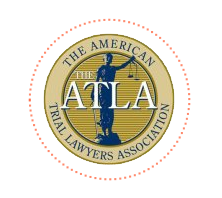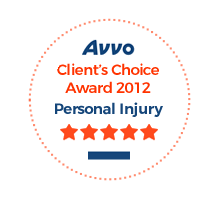Driving in the Rain: 3 Things You Need to Know About Hydroplaning
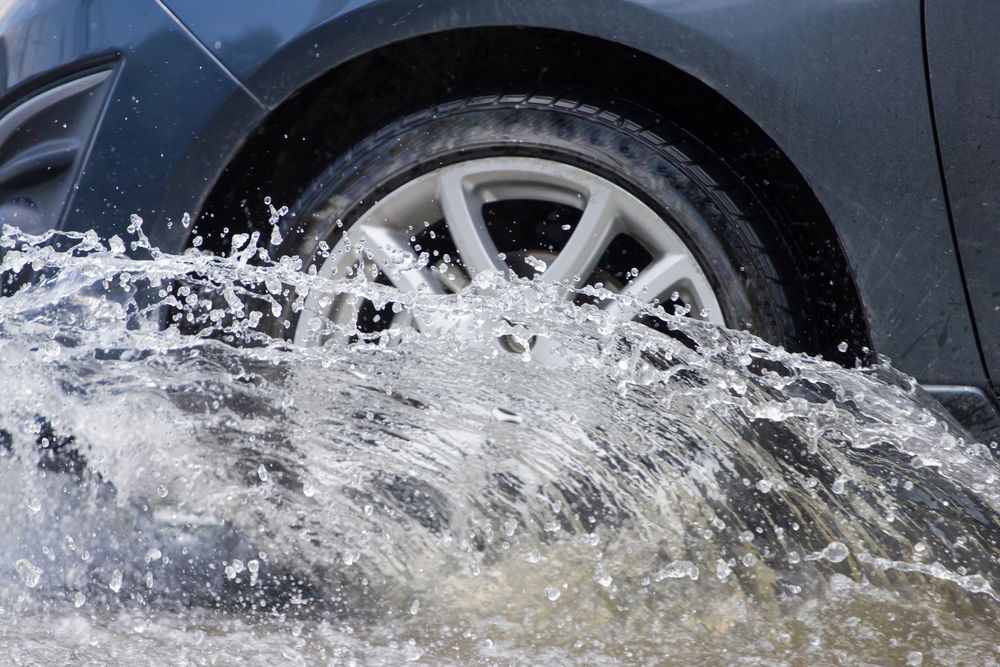
Texans have been hit with rounds of rain and thunderstorms this week, from Brownsville to Tyler. While we’re all grateful for the rain, driving on wet roads is stressful and the thought of hydroplaning makes drivers more anxious.
Here are 3 things you need to know about hydroplaning before you get behind the wheel on a rainy day.
What is hydroplaning, and when am I in danger?
The treads on your vehicle’s tires are designed to channel water beneath the tire and scatter it away. Hydroplaning occurs when a tire encounters more water than it can channel and scatter.
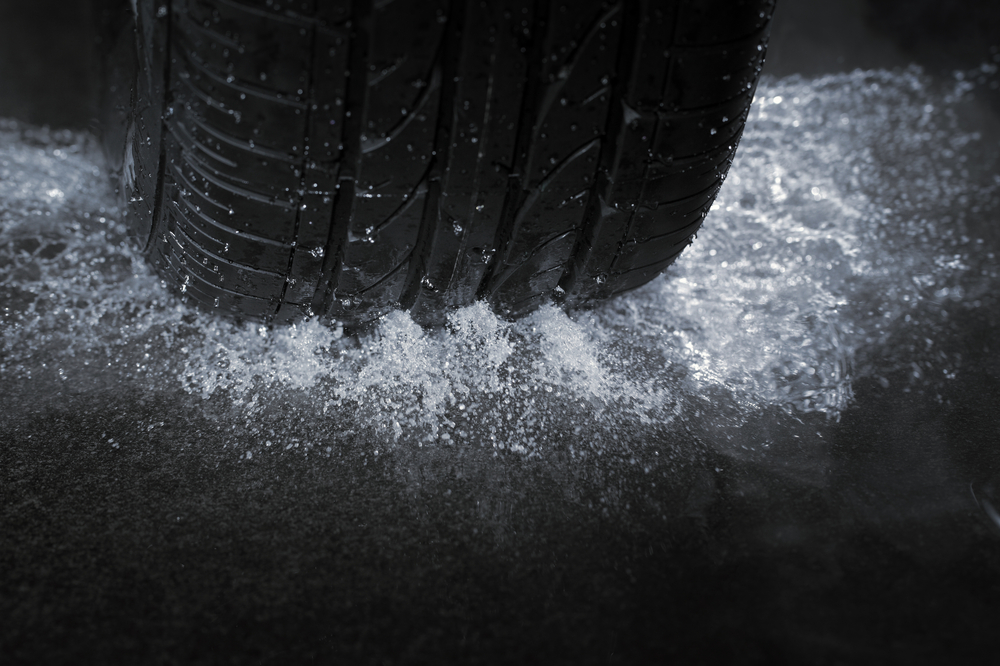
Water pressure pushes water under the tire, separating your vehicle’s tire from the road. You lose traction and all control of your vehicle.
Any wet road surface puts vehicles at risk of hydroplaning. Heavy rains are definitely the ideal condition for hydroplaning to occur, but light rain can actually be more dangerous.

A common misconception is that heavier rain means an increased chance of hydroplaning. The first ten minutes of a light rain can be the most dangerous time for drivers. Light rain mixes with the oil residue on roads, creating a very slick surface. This surface puts vehicles, especially those going above 35 mph, in danger of hydroplaning.
How can I avoid hydroplaning?
Many automobile safety experts agree that hydroplaning is most likely to occur at speeds above 35 mph. If the roads are wet or it’s currently raining, slow your vehicle’s speed immediately. Go 5 to 10 mph slower than the posted speed limit. The faster your speed, the harder it is for your tires to wick away water and maintain traction.
Try to completely avoid sudden accelerations; sudden bursts of speed increase your risk of hydroplaning. Speeding up to pass another vehicle puts not only you at risk, but also the drivers around you.
Here are some other ways you can reduce your risk of hydroplaning:
- Don’t use cruise control when it’s raining
- Avoid standing water, like puddles in the road (if you can see standing water, it’s very likely you will hydroplane when you drive over it)
- Make sure the tread on your tires is effective (worn tires can increase your risk of hydroplaning)
- If you’re uncomfortable driving in rain altogether, pull over to a safe place on the shoulder (where water isn’t standing or rushing by) and wait it out
- Increase the distance between you and other cars (give yourself plenty of room to safely stop your vehicle; hard braking can cause you to hydroplane)
- Do not make quick or sharp turns
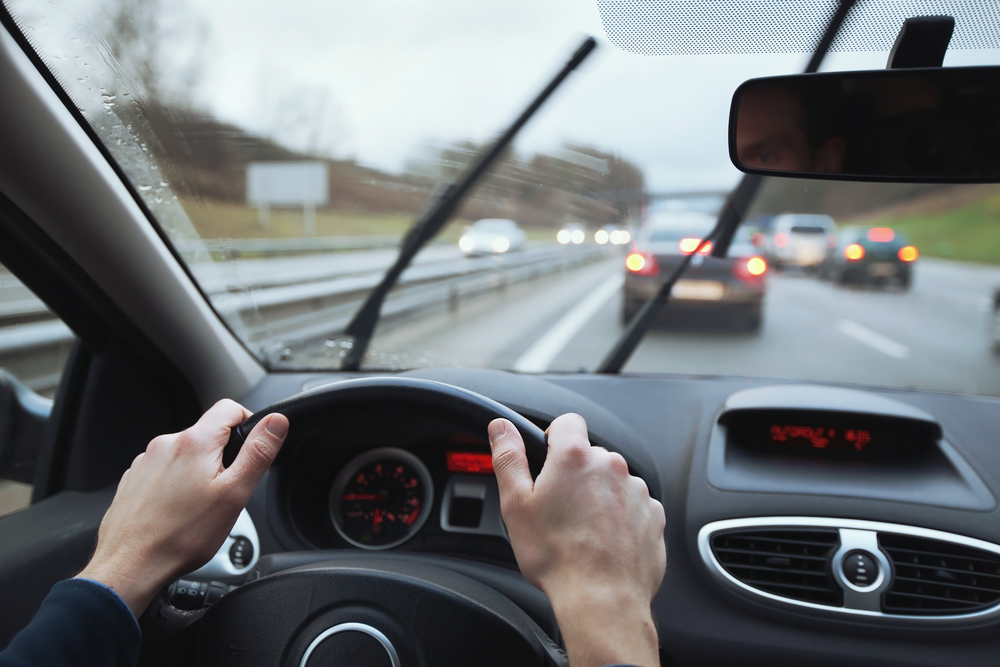
What should I do if my vehicle hydroplanes?
Sometimes the conditions are just right to make any safe driver hydroplane. If you are hydroplaning, do the following:
- Do not brake! Slamming on your brakes can cause you to skid completely out of control. Take your foot off the accelerator.
- Gently turn your steering wheel in the same direction your vehicle is hydroplaning.
- Wait until your tires reconnect with the surface of the road.
- Slowly and safely get back on the road, or move over to a safe place where you can calm down before getting back on the road.
If you’ve been injured in a car accident because of a reckless driver in the rain, contact the Colley & Colley law firm in Tyler, Texas for a free consultation. We’re dedicated to providing you with the best legal counsel in East Texas.









